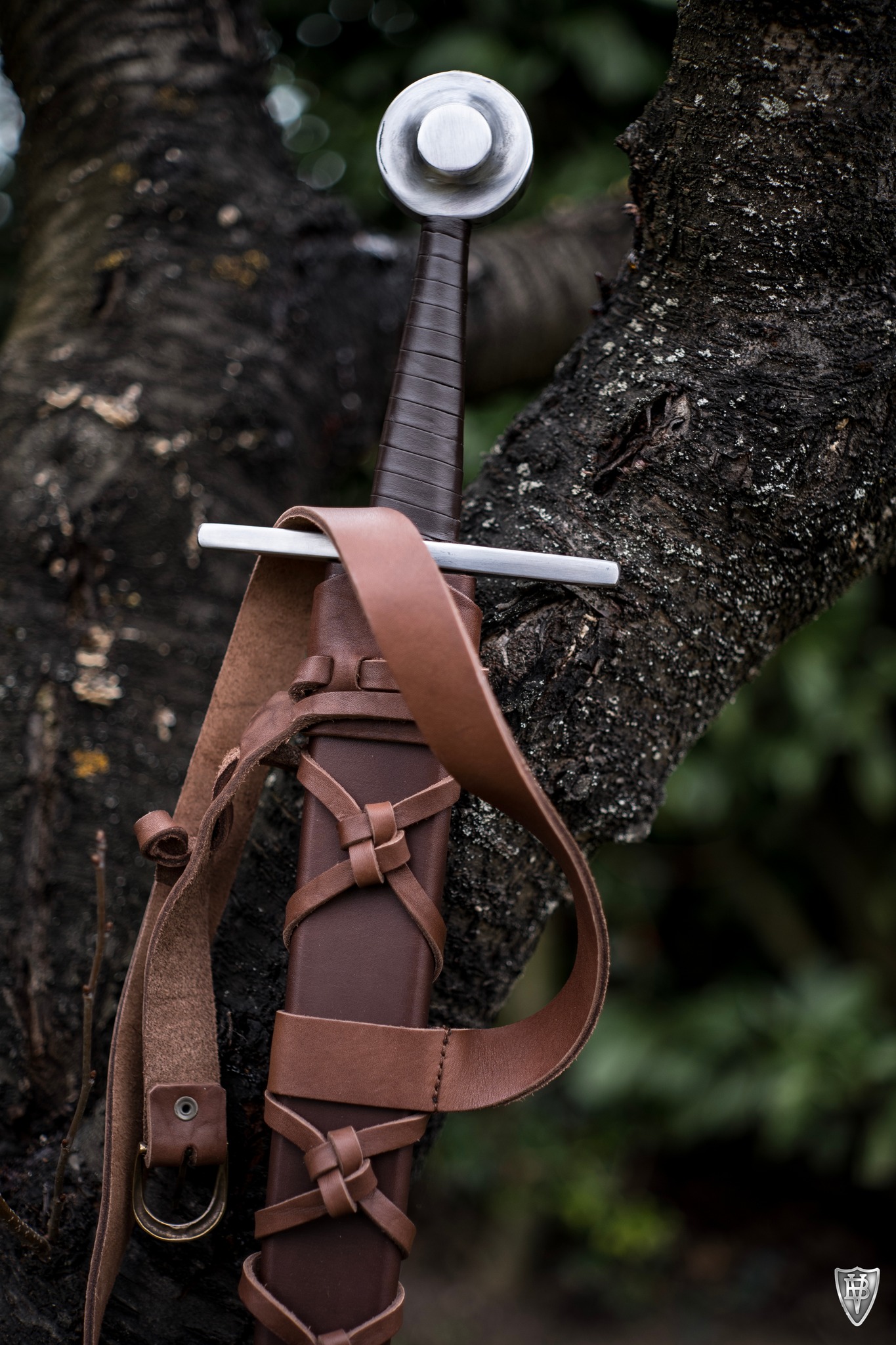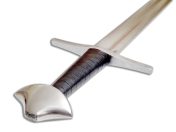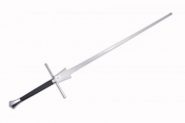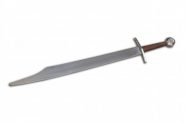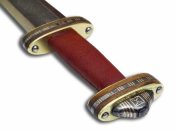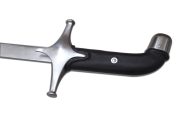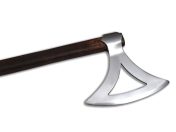"I want a one-handed sword!" says the little voice in our heads. Don't worry, it's completely normal for reenactors. But then comes the real question: "Which one should I choose?" Now that’s a different matter, and we’re here to help you with it in this blog post.
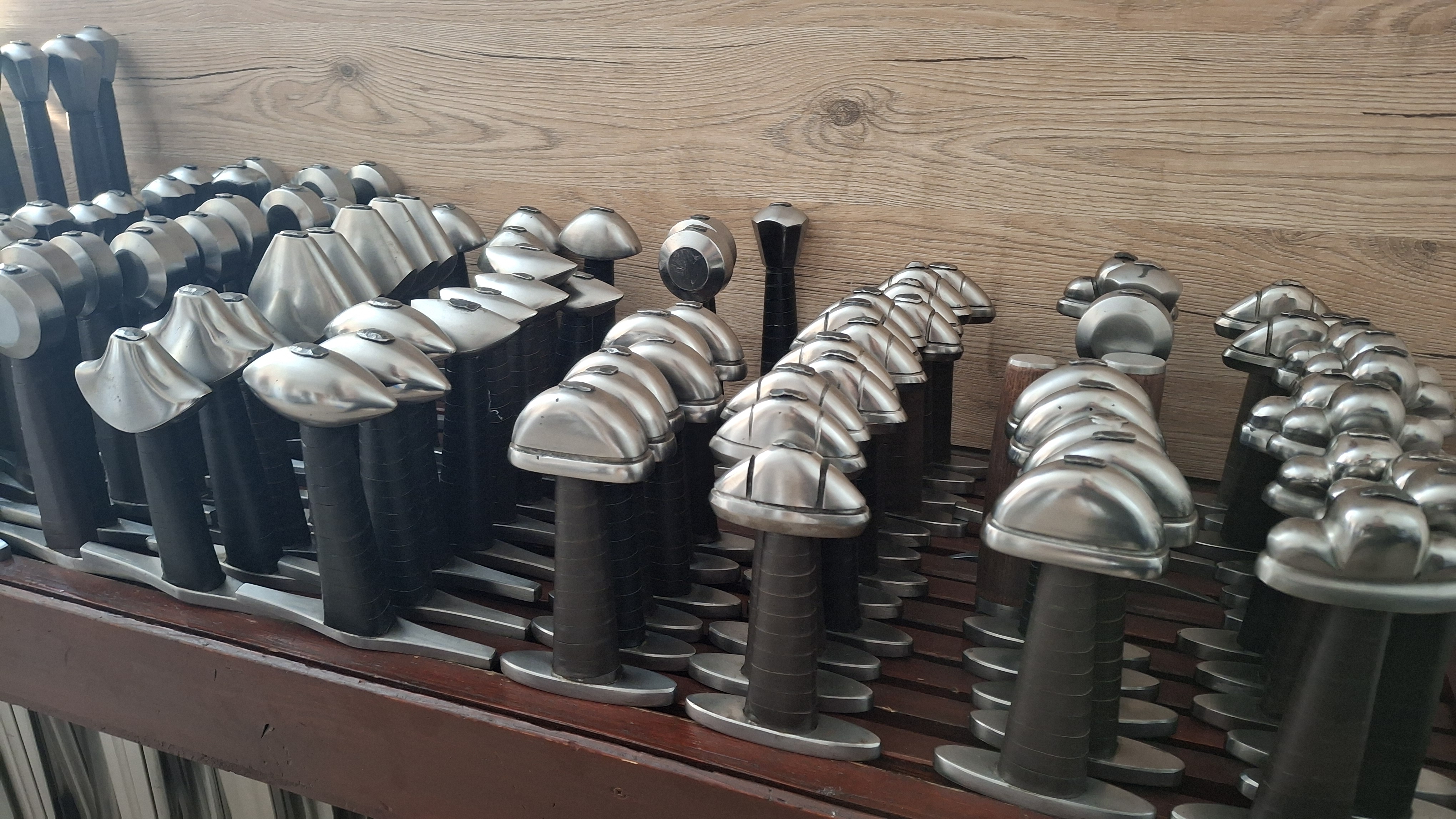
At VB, we offer a wide variety of arming swords for semi- and full-contact fighting. From early medieval spathas to 16th-century sideswords, you'll find nearly everything in our webshop (we even forge special, unique orders). We also have HEMA and buhurt swords available, but for this post, let's focus on reenactor swords: the type of blunt swords used in TAP, Holmgang, and other related fighting systems, or simply to carry an arming sword at your medieval camp.
Here are 6 points to help you in choosing:
1., "I know the century and the character I want to reenact. What do you have for me?"
Viking reenactment is quite popular these days, and many of our customers choose the Petersen S, H, X, and K versions. For later periods, like the High Middle Ages (1000–1300), the great variety of Norman swords were used throughout Europe. Our versions feature a 70 cm blade with different pommel shapes (Brazil nut, boat, etc.). These include Article Numb. VN03, VN06, VN09, and VN11. In the 12th–14th centuries, disc-shaped pommels were also common, like those on our VN04 sword. Pearl-shaped pommels appeared around the 14th century (our version is the the GGY04_B). We often have these in stock, and if not, they can be produced fairly quickly (1–2 weeks).
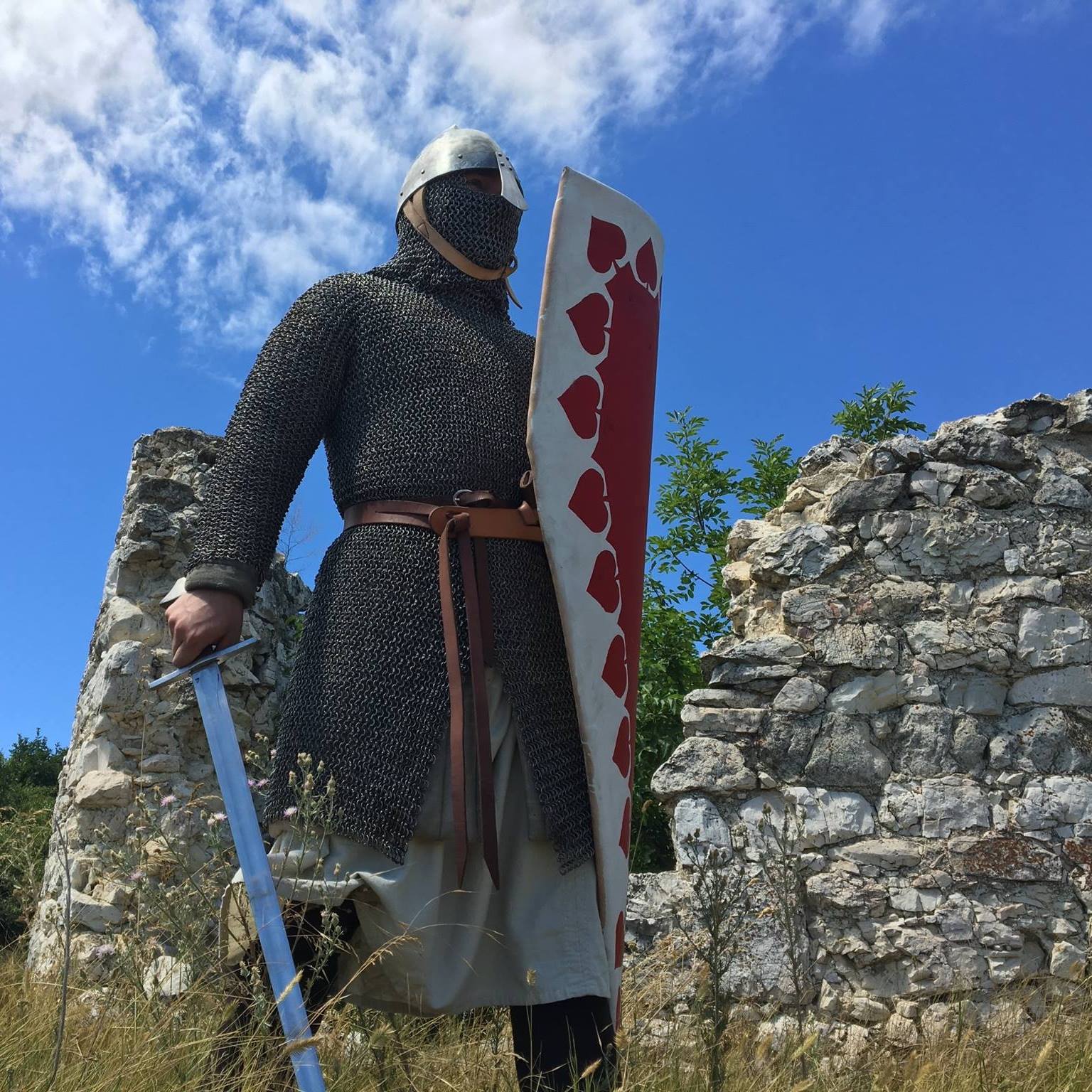
2., "I really like your lighter swords. During combat, it’s important for me to strike quickly."
Many fighters compete in duels (such as in TAP fights). Most of them reenact with swords from Early Medieval periods (8th–10th century). For them, the balance and weight of the sword are crucial and it’s more important to have a well-functioning sword than one with perfect historical accuracy. For these fighters, we offer the VN01_light, VN02_light, and VN05_light, which typically weigh just under 1 kg.
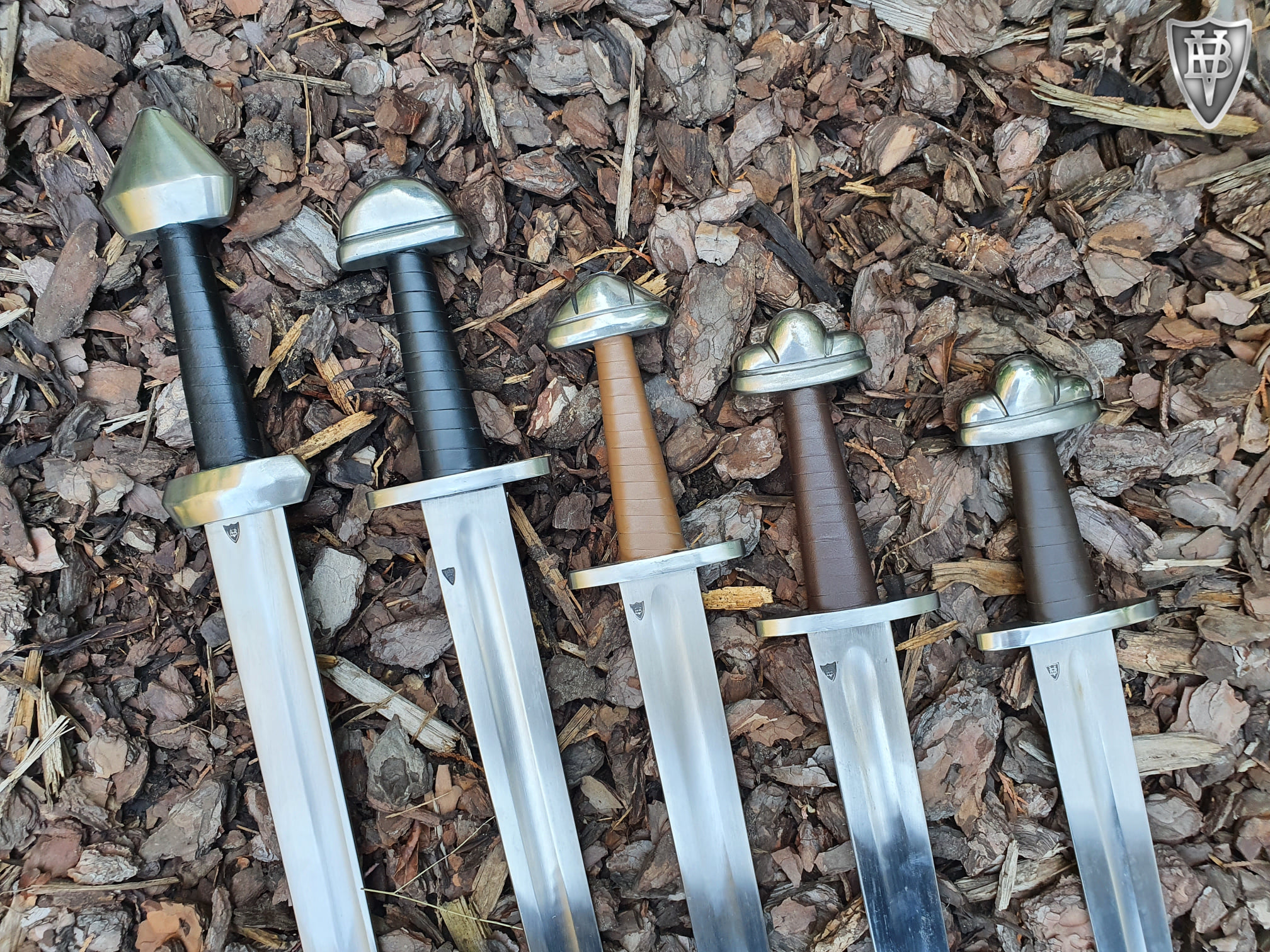
3.,"I really like your decorated swords. Can I use them to fight?"
Of course! All of our swords are made for fighting. Several of our swords are based on original artifacts. They typically take more time to make, as creating the molding parts and selecting the right blade takes time and care. The VNSZ11M and GSZ06 are both elegant yet durable designs
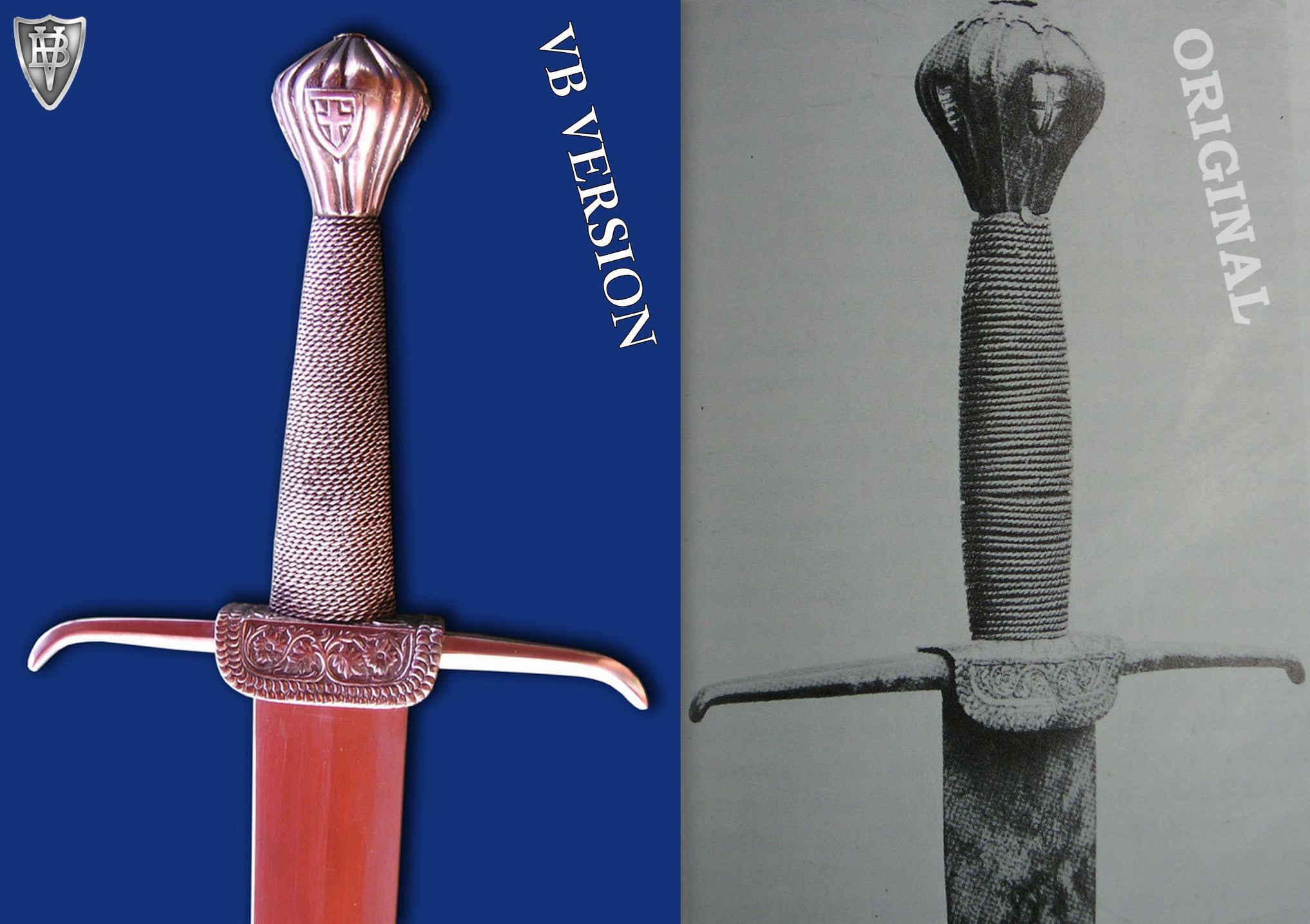
4.,"It’s more important for me to be historically accurate. Do you have the right-sized hilt?"
Yes! More and more reenactors are choosing historically accurate, shorter grips. For them, it’s not necessary to have a longer grip (11-12 cm), as they don't use modern, bulky gloves or gauntlets to protect their hands. Especially in the case of Norman swords the original (sometimes 20 cm long guard!) don't allow simple moulinets, which many reenactors want use. We recommend these swords for customers who typically fight with less intensity and who are committed to strictly reconstructing every part of their kit.
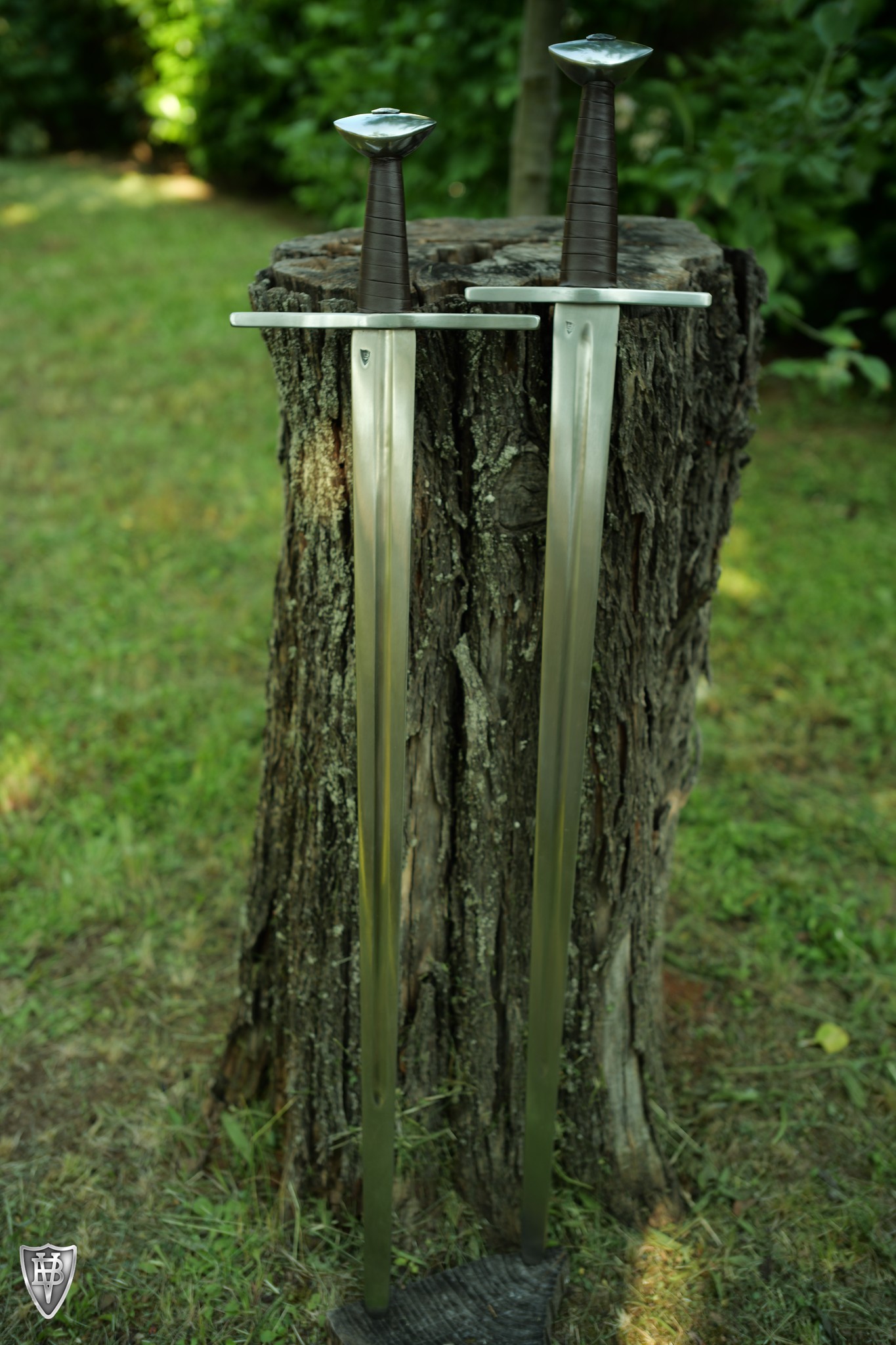
5.,"Can I have my sword sharpened? I want to do test cuts."
While we predominantly forge dull-edged swords for combat reenactment and sport, we do offer sharpening upon request. It’s important to mention this at the beginning of your order, as sharpening a sword after it has been forged with a dull edge is much more difficult. Within the European Union, it’s easy to send a sharpened sword in proper protection and packaging, but we also recommend leather scabbards, which are available in the webshop.
Sharp swords are a lot of fun for test cuts on artificial targets (water bottles, clay piles), but they require extreme caution and experience.
